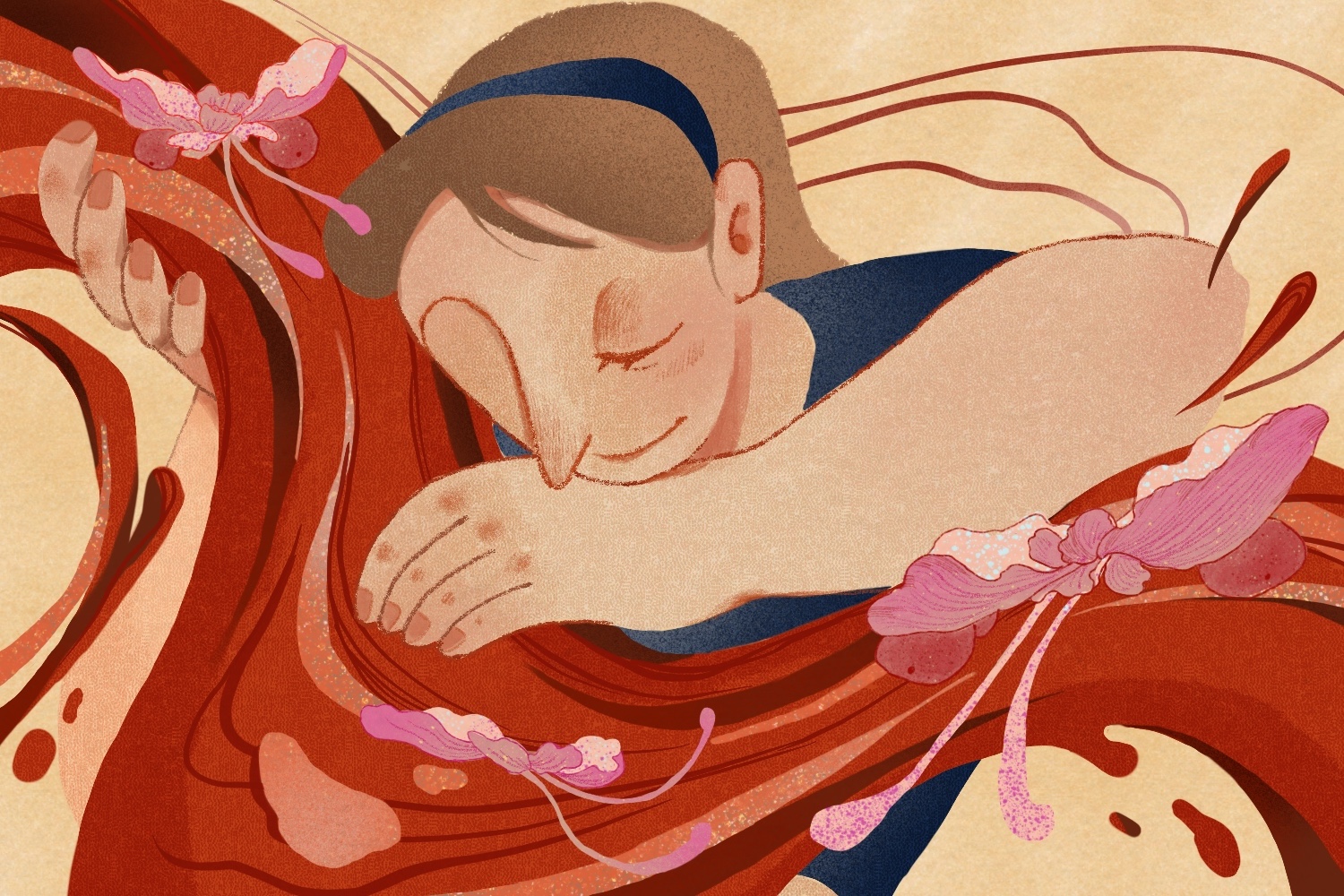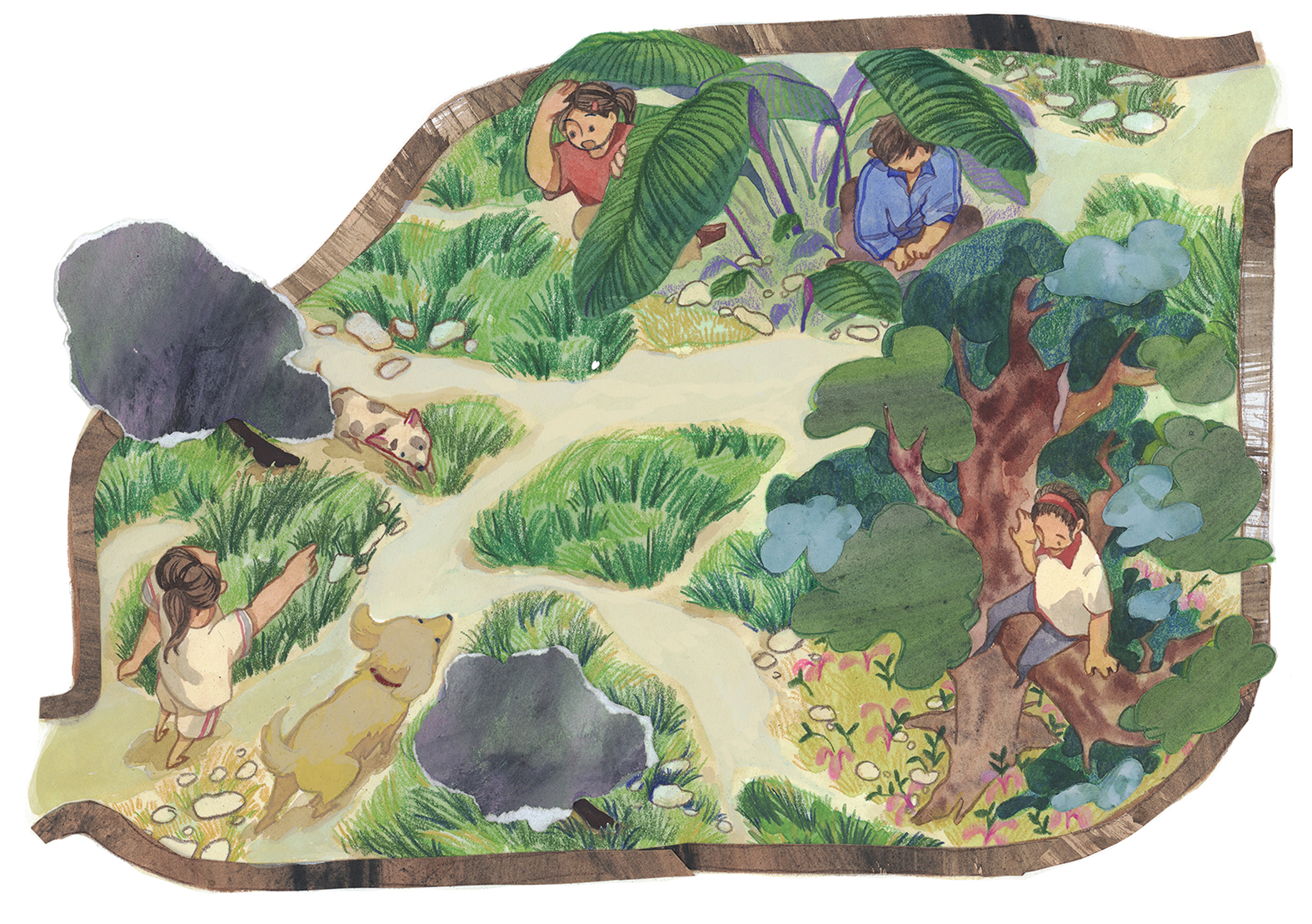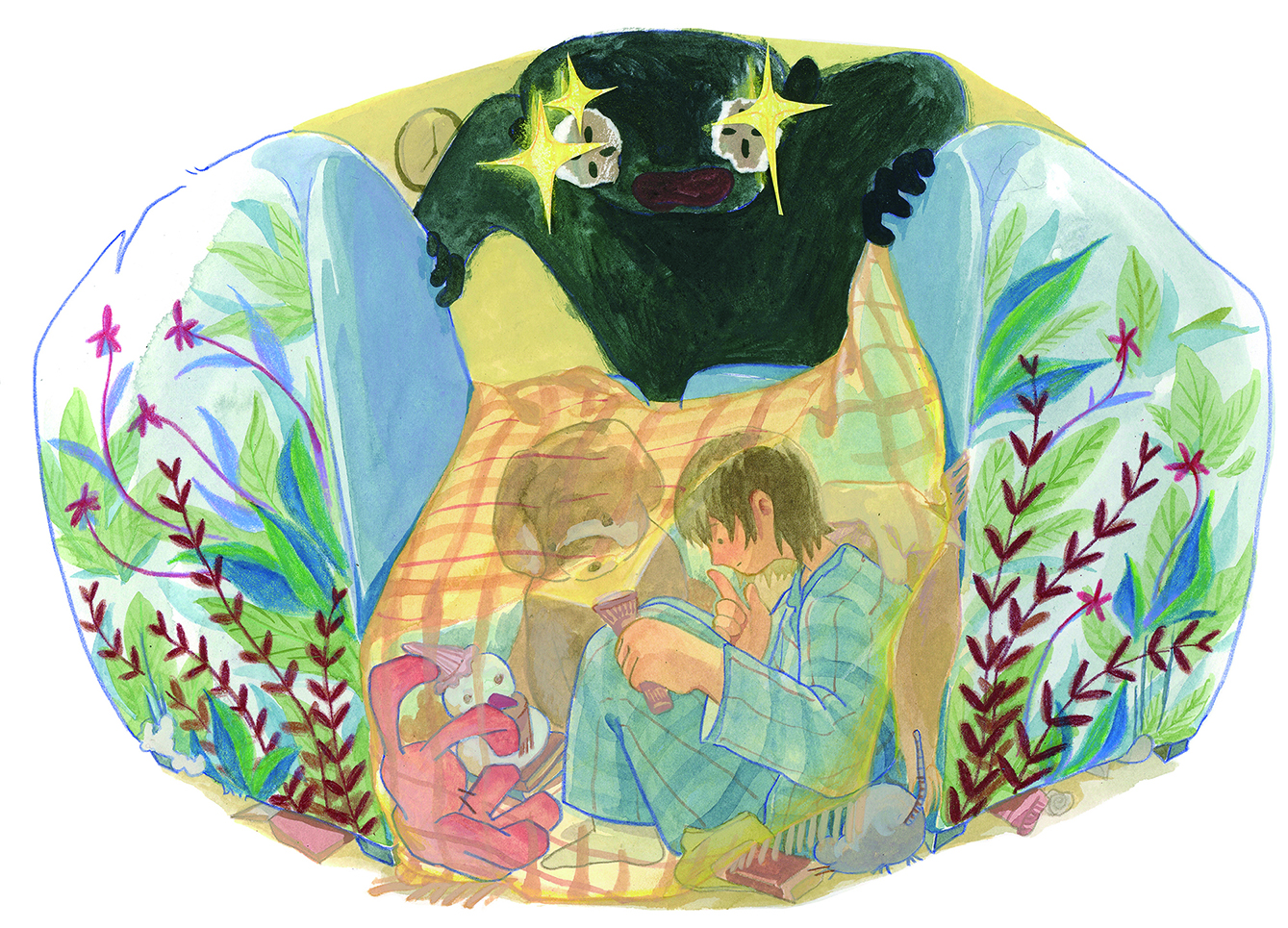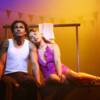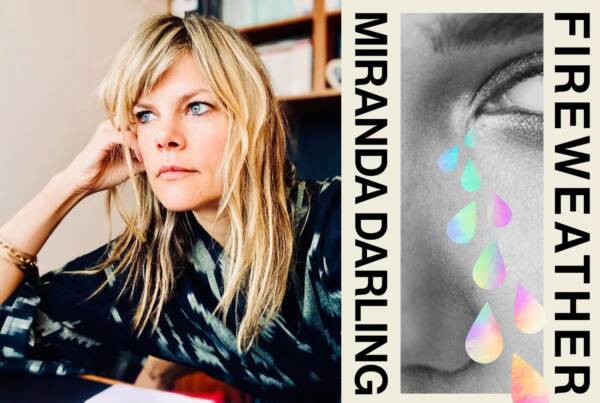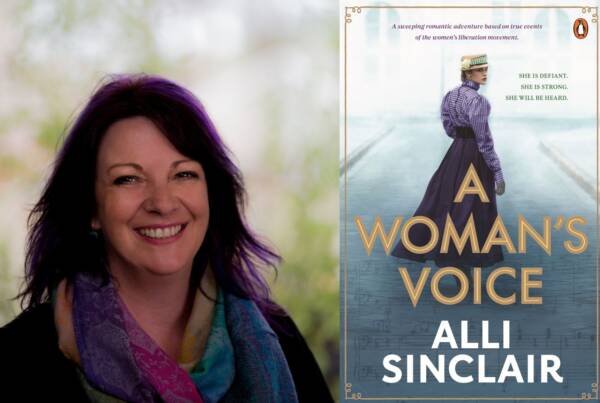Interview of Xia Jing by Freya Bennett
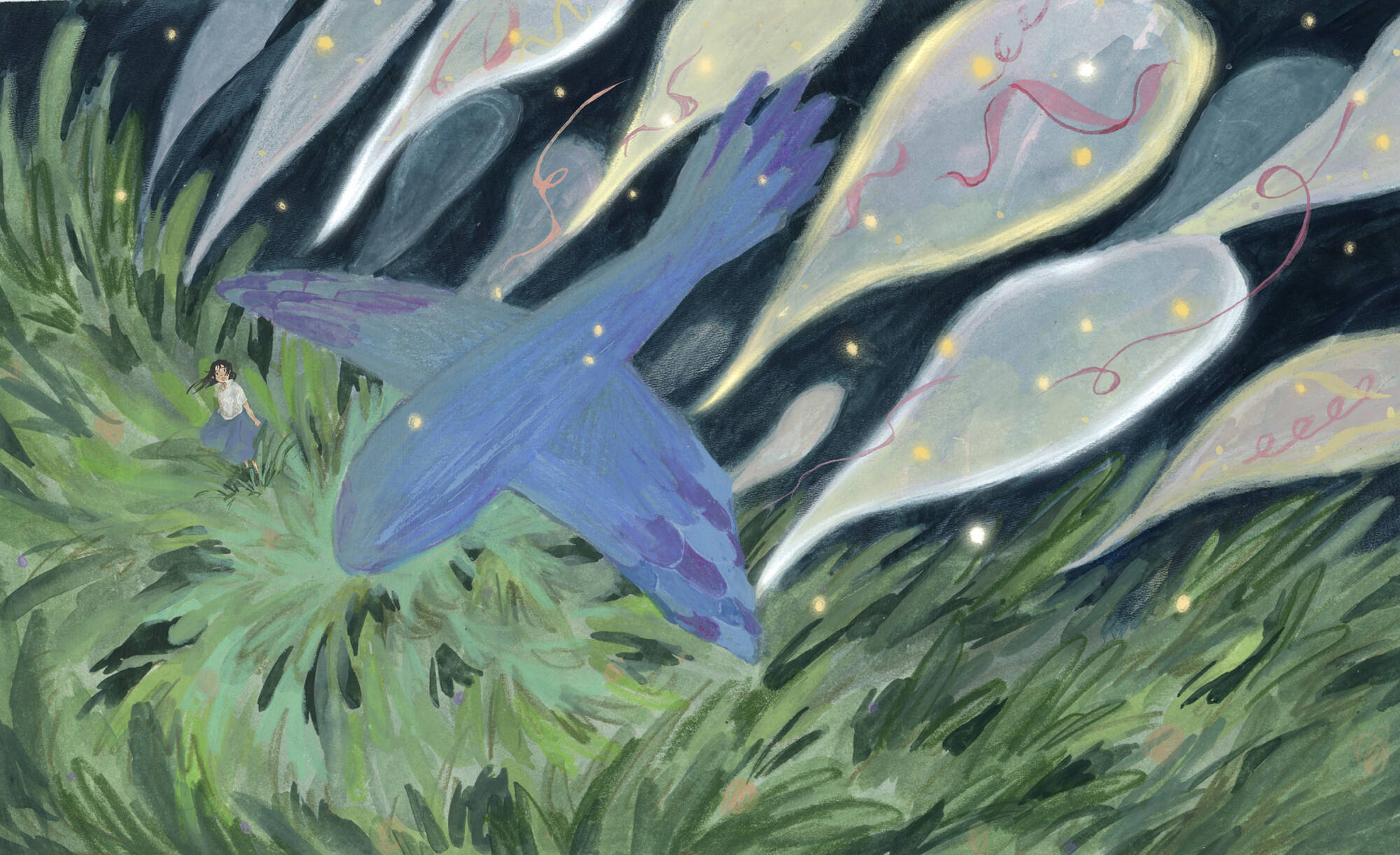 Can you start by telling us a bit about your journey into illustration—how did you first get started, and what drew you to this form of storytelling?
Can you start by telling us a bit about your journey into illustration—how did you first get started, and what drew you to this form of storytelling?
I’ve loved drawing since I was little and always enjoyed documenting the things happening around me. That naturally led me to the path of art. During my undergraduate studies, I majored in traditional Chinese mural painting, but I gradually realized that my desire to tell original stories—my own and those around me—outweighed my interest in studying traditional art. That’s why I chose illustration as my master’s focus.
Your latest project, Game Start, feels fresh and intriguing—can you tell us about the inspiration behind it and how it evolved?
This project came from reflecting on what truly made me happy. I realized that many of my most joyful memories came from my carefree childhood. As I’ve gotten older, those pure moments of joy have become more rare, which made me appreciate those memories even more. I wanted to capture the happiness of childhood—like hiding between the corners of two sofas, or forming teams and playing on a big lawn with friends… I hope these moments can also resonate with viewers.
In Animus, you explore themes of gender and relationships through the lens of a young girl. What personal or cultural experiences shaped this narrative for you?
This picture book was inspired by my interest in Jung’s psychology. Jung proposed that our collected masculine and feminine traits form two archetypes: “anima” and “animus.” It’s a very visual theory.
Speaking from personal experience, I had very limited contact with men growing up—most of my understanding came from media and books. It wasn’t until adulthood that I interacted more with men and realized they were quite different from how I had imagined them. That realization became the starting point of this project.
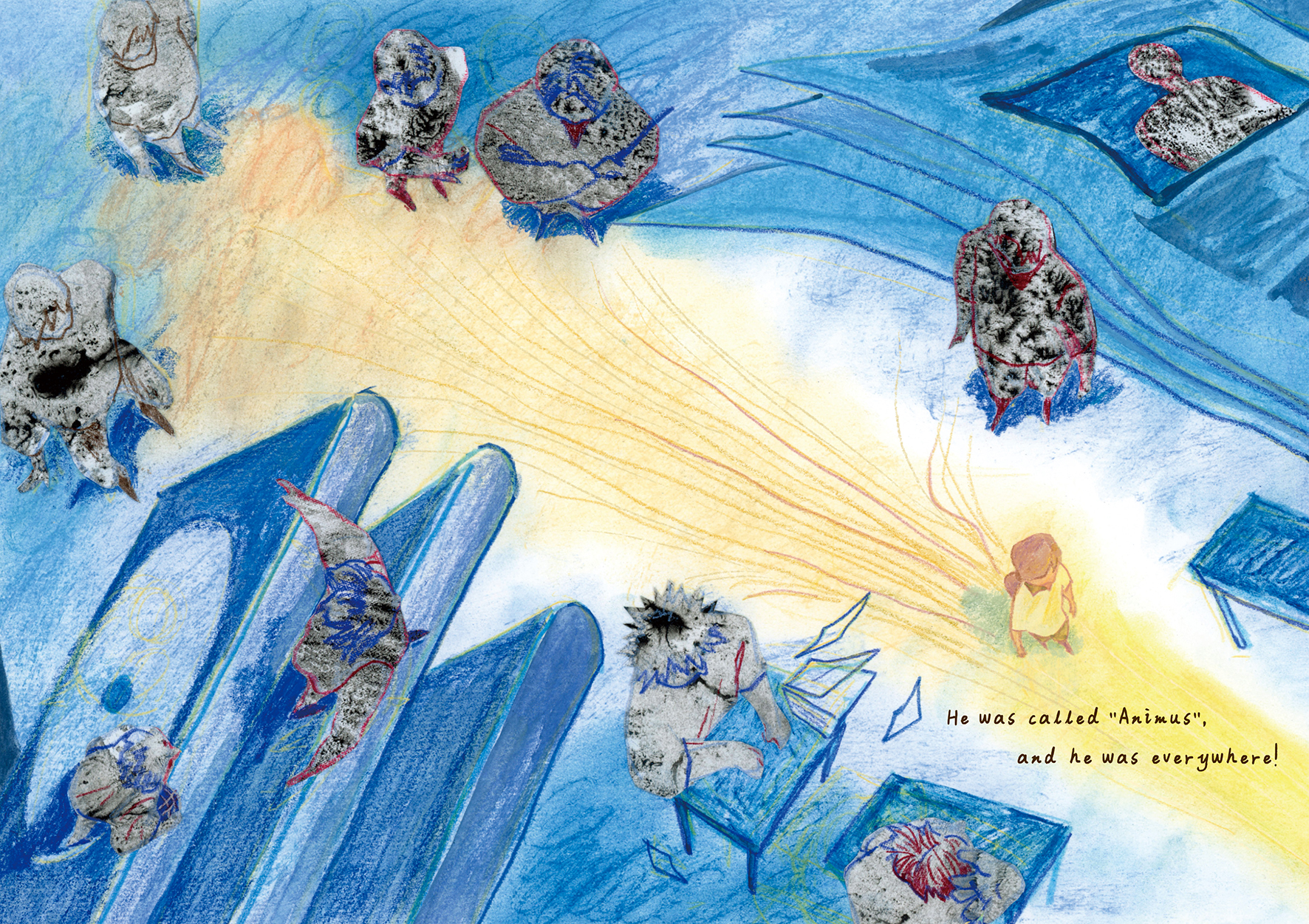
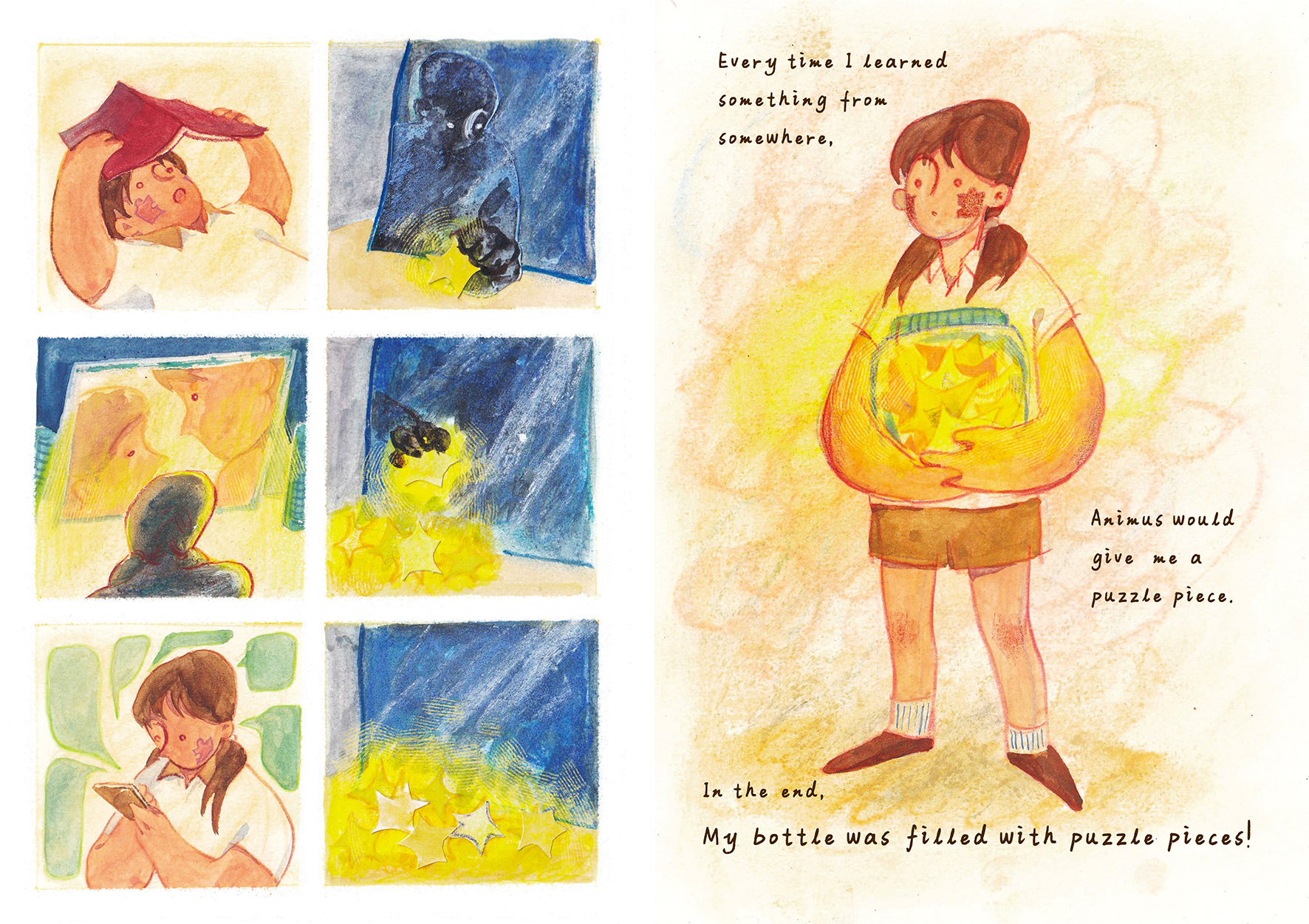 Your work often touches on themes like utopia, female identity, and history. How do you approach weaving these big ideas into accessible stories for all-age audiences?
Your work often touches on themes like utopia, female identity, and history. How do you approach weaving these big ideas into accessible stories for all-age audiences?
When I create, I don’t usually focus on the theme too much at the start. What I make often reflects my life, thoughts, and concerns. I usually start from small, real-life experiences or stories I’ve heard, and then reflect on what larger issues or phenomena they reveal. During the process, I constantly remind myself to think from the viewer’s perspective. Even if the theme is broad, I usually approach it through ordinary, relatable moments.
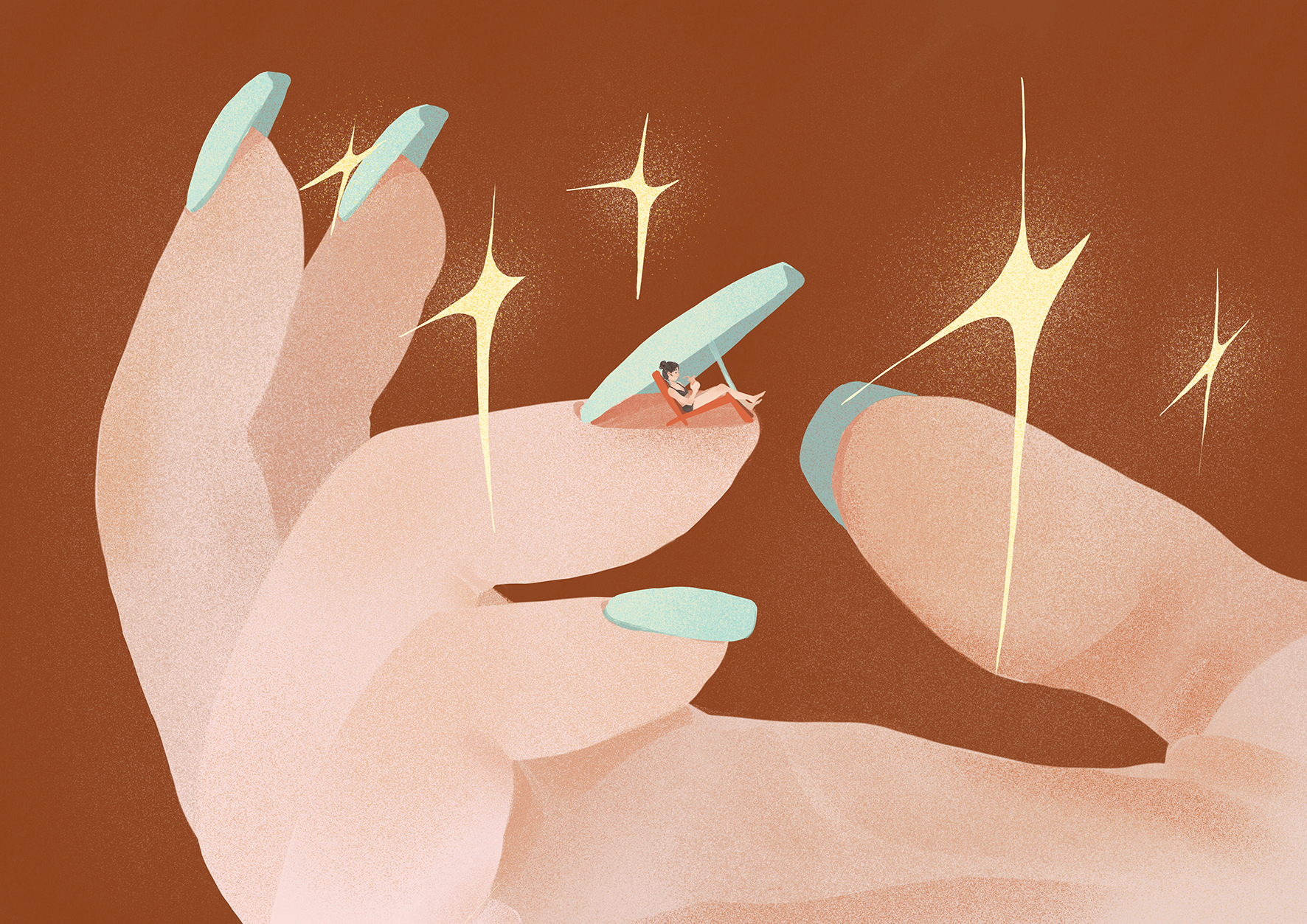 You’ve worked with a wide range of traditional media—from watercolor to printmaking. How do you decide which medium best suits a particular story or concept?
You’ve worked with a wide range of traditional media—from watercolor to printmaking. How do you decide which medium best suits a particular story or concept?
I’ve always loved hand-drawing! The unpredictability of traditional media and the tactile feel of different materials really excites me. My interest in various materials led me to explore oil painting, printmaking, watercolor, and more. At the start of a project, I think about the final effect—whether it should be bright, whether it’s line- or color-driven—and decide on the medium accordingly. Recently, though, I’ve been experimenting more with combining media, rather than sticking to just one.
How has living between China and the UK influenced your artistic voice and the kinds of stories you feel compelled to tell?
Being in the UK has given me a valuable opportunity to see the world from a broader perspective. Before that, most of my projects were very introspective. But meeting people from different backgrounds and life experiences has sparked new creative ideas. Also, the range of topics available in the UK is much broader—like picture books for all ages, which is still a relatively niche market in China. That genre has become a great outlet for me to tell the stories I truly want to share.
You’ve said illustration can express perspectives often overlooked—what’s one story or theme you feel especially driven to spotlight in your future work?
That’s a great question! Right now, I still want to focus on feminist themes, but I’d like to shift the lens more toward women in society. Women’s experiences and challenges vary greatly depending on the social context. Exploring those differences and connecting them to broader social issues is the direction I want to continue developing in.


